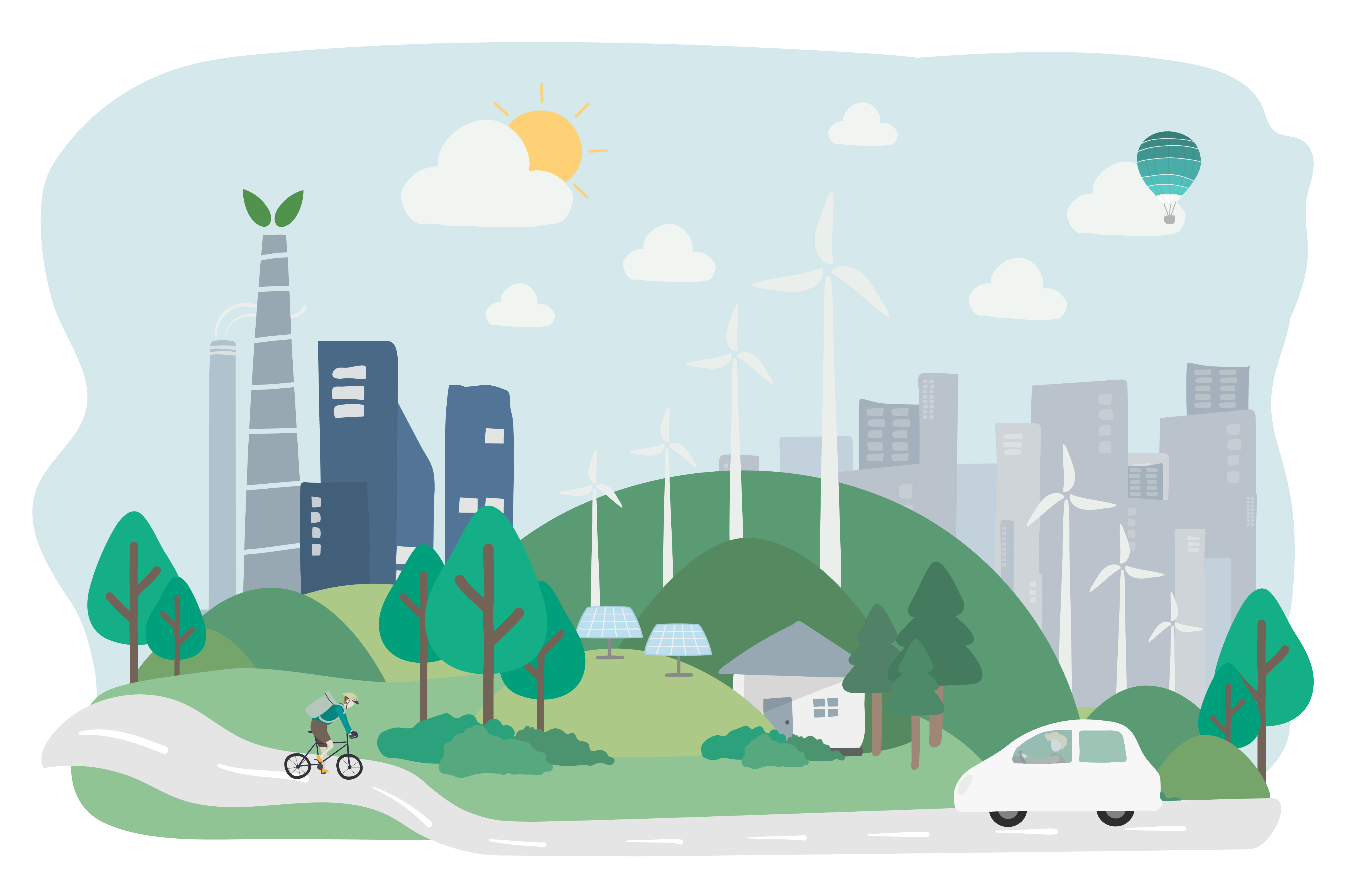Covid-19 and the rise of Green Cities

Scanning the news over the past few weeks I noticed that cities are changing globally to allow more pedestrians and cyclists to use the normally congested roads. What is however surprising is that the motivation to do so varies widely. In April the news covered the city of Milan, which took advantage of the reduced traffic in the city to create new bike lanes throughout. City management declared that because of the current situation, the conversion would be much faster than its original timeframe. It solved not only the accessibility issue, but allowed residents to have new routes to excise in rather than being confined to overcrowded areas traditionally frequented. As one of the most polluted regions, it sees this as a priority measure to meet Climate Change targets.
Even cities like Bogota have installed 35km of temporary lanes which will hopefully remain a permanent feature in the future. Philadelphia has a different motivation as the lockdown overwhelmed the city’s leisure trails which became overcrowded. It closed major parking areas and access lanes and created pop-up cycling and walking lanes to allow people to do “social distance walking” (yet another new term!).
Recent medical papers suggest that COVID-19 patients who come from heavily polluted areas (such as Lombardi, Italy) as well as smokers are impacted more strongly in their chances of survival. In Asia our concern for clean air is responding to some appalling statistics. Bangkok, Jakarta, Beijing, Manila have been experiencing dangerous levels of air pollution and have seen no substantial actions from both residents and governments. Either we become complacent about the clear air we have today as a result of the pandemic and we continue to make the change or we push for change now and help achieve something that was out of our reach before.
Let us all hope that we can continue to drive change to our urban areas to see some good out of this pandemic, and create a higher level of sustainability in cities with more green areas, more sustainable transport options and more walking spaces.

